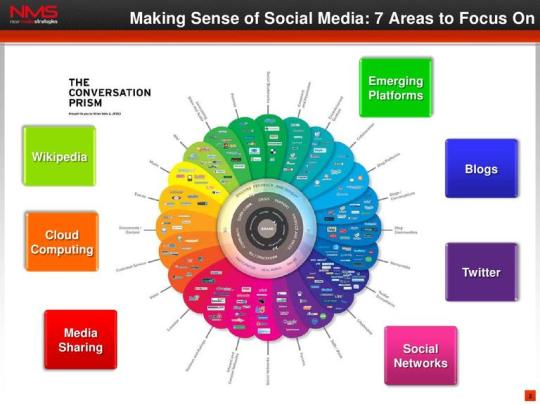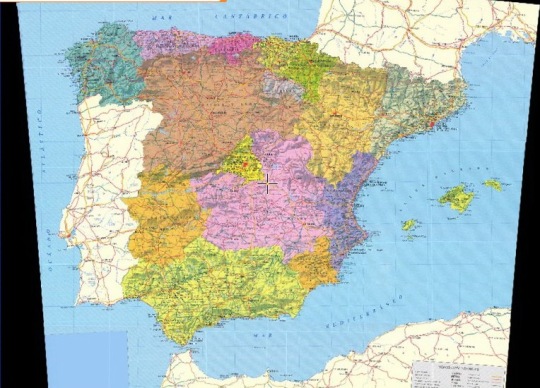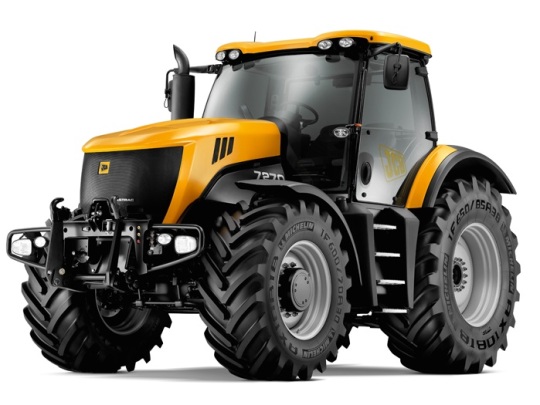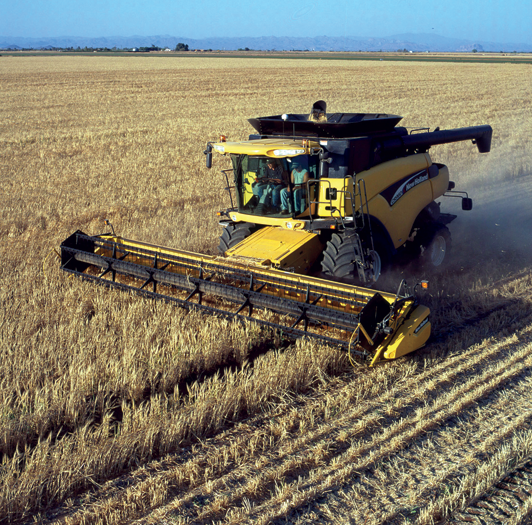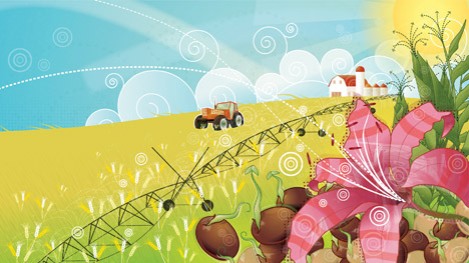History of Online Community Management, While the term “online community manager” may not have been used at the time, the role has existed since online systems first began offering features and functions that allowed for comm unity creation.
Online community managers may serve a variety of roles depending on the nature and purpose of their online community, which may or may not be part of a profit motivated enterprise. Every network has an underlying purpose” and motivations for such network creation include; Mission, Business, Idea, Learning or Personal.
The first blog about, Tips for managing a social media community.
Are you trying to build a community for your company or brand? Are you looking to go beyond just big numbers of Facebook fans or Twitter followers?
This article reveals three important tips you need to know to help build and manage communities.
What is the community management?
the different roles for those who work with social media in business. Among the many roles, the community manager is by far the most important because he or she is on the front lines of communication. Here’s how I define community manager:
A community manager usually manages an editorial calendar for a blog/community, a Twitter account and various third-party social media channels like a Facebook fan page or a YouTube account.
A community manager may also be responsible for managing a social listening platform like Radian6 and filtering/assigning conversations to others in the business unit for a proper response. He or she may even organize in-person events (or town halls) to get feedback from the community. The community manager is the face of the brand. Conversations are at the core of the job responsibility.
Source: http://www.socialmediaexaminer.com/
also, there is an intersting blog about, Create easy and interesting content for your community.
Tweetwally helps you create great content for your community through tweets. Tweetwally helps you highlight the contributions of your community members who participate the most by including them in your content. Here are some potential uses for Tweetwally:
– Engage your Twitter community by asking a question and showing off their responses in a Tweetwall.
– Share a few tweets from a conference hashtag in a conference wrap-up blog post.
– Share some takeaways from your webinar with your participants’ tweets.
You may recognize this digital storytelling tactic from blog posts that feature a somewhat similar tool, Storify. Why choose Tweetwally? Tweetwally lets you customize the look of your tweet story, so you can create an embeddable image consistent with your company’s branding.
First, you type in the hashtag or username you want to use to create your story.
Next, Tweetwally will deliver all of the tweets for your chosen search. You can edit the look of your Tweetwall under Display Options.
You’re done! Just embed your Tweetwally code into the HTML tab of your blogging system to display your Tweetwall. Here’s just a sample of what a collection of tweets can look like on a Tweetwall.
Make social media listening easier:
As a community manager, you’re the eyes and ears of your company.
Monitoring searches for industry keywords and phrases is an important tactic, along with keeping an eye on your competitors. However, with so much real-time community engagement to take care of throughout the day, it’s hard to keep an eye on all those search terms in real time. You need to prioritize and scale. That’s where Twilert comes in.
source: http://www.socialmediaexaminer.com/top-5-twitter-tools-for-social-media-community-managers/
The next blog about, How agriculture uses social media:
The agriculture industry can embrace social media as a way to open new lines of communication with growers, distributors and consumers. Social media also gives local farmers and specialty food producers an opportunity to compete with larger farms around the country. State agriculture departments have already dived into social media, from Michigan’s Facebook page to the Ohio Department of Agriculture’s three Twitter accounts. One of the accounts is targeted specifically to Ohio wineries and wine consumers.
But social media is not just Facebook and Twitter, it’s also blogs that help connect rural famers to cooperative extensions through sites like WNC Vegetable and Small Fruits News . Social media for agribusiness is even being taught at colleges like Asheville-Buncombe Technical Community College. The course was geared for professionals, but a younger generation of agriculturalists uses social media in college to network with peers and to join online communities. For example, Alpha Zeta, the agriculture fraternity at N.C. State, uses Twitter, Flickr, Facebook and its blog to communicate with current members and alumni.
These are just some of the ways that the agriculture industry is using social media, but we want to hear from you. Are you a local farmer? Do you use Facebook, or read agriculture blogs? What are some of your favorites? Let us know how you use social media.
source: http://info.ncagr.com/
The next blog about Community Supported Agriculture farms: management and income.
One critical goal of the Community Supported Agriculture (CSA) movement is to sustain farm families economically. CSA farms offer memberships to consumers, who receive shares of the farms’ produce during the growing season. Researchers from CIAS and other partner institutions listed below conducted the 1999 National CSA Farm Survey. Overall, they found that these farms tend to offer diverse products and sell them through many markets, not just CSA.
In addition, some CSA farms are adopting innovative business forms and land-use agreements. Small size, newness of operation and enterprise diversification help explain why many farms participating in this survey earned a low median gross income of $15,000 from CSA.
The number of workers hired by the CSA farms in this survey ranged from zero to over 50. The farms hired a median of two workers annually. (The researchers used the average whenever feasible. But since an average can be affected by very large or small values, the median or middle value of the data was sometimes used to illustrate a typical CSA farm.) About 23% of these CSA farms hired no additional labor, while another 23% hired two to three workers.
Income from CSA enterprises:
source: http://www.cias.wisc.edu/economics/community-supported-agriculture-farms-management-and-income/
another good blog about, Community Manager Job Description:
Do you tweet and use Facebook every day, all day? Is building social community so ingrained you just can’t stop? Do you take pride in customer service excellence and fancy yourself an entrepreneur? Do you understand the difference between a “brochure website,” a “publication” and why feeds are important?
We seek a highly a motivated individual with experience and fanatical passion for blogging, micro-blogging and community participation leadership. This position is full time salaried with benefits, including attending mainstream and niche’ conferences.
We are a [your company description here] in [city, state] with an national reputation for [your company mission here] mission. We promote our website by integrated organic optimization (SEO), social media optimization (SMO) and paid placement (PPC). Our Reputation Monitoring & Management objectives are comprehensive.
The successful candidate will join our internal marketing team at the managerial level, and interact with an external Search Marketing agency. Our Community Manager/Blogger will oversee and contribute recurrent content to holistically support our customers and corporate objectives.
Qualifications and Experience
- Has a bachelor’s or associates degree in music, advertising, marketing, graphics, web development, communications, English, IT, music, theater, anthropology, history or related.
- Excels at research, possesses excellent writing skills and the ability to crank editorial and technical writing output without brooding.
- Has work experience or training in advertising, PR, online marketing or similar field
- Proficient with Microsoft Office products.
- Dedicated to blogging and use of Facebook
- Understands the power of feed marketing
- Demonstrated creativity and documented immersion in social media (really send the links)
- Demonstrated ability to map out a marketing strategy and then drive that strategy proven by testing and metrics
- Experience sourcing and managing content development and publishing
- Ability to jump from the creative side of marketing to analytical side, able to demonstrate why their ideas are analytically sound
- Management experience or obviously ready for promotion to management
- Discretion to identify threats and opportunities in user generated content
- Understands social media universe including YouTube, StumbleUpon, Delicious, Digg, Reddit, Flickr, Forums, Twitter, Wikis, blogs, etc…We’re looking for a social media addict who maintains a personal mix of participatory expertise from among these channels.
- Possesses functional knowledge or some experience with HTML/CSS
Essential Duties and Responsibilities:
- Interact with our customers to align unselfish service of their needs, with our corporate objectives
- Be the eyes and ears of our brand as if your own reputation depended on it
- Build and maintain our content distribution network by way of social media channels
- Minute by minute participation in conversations that surround our content and brand, answer comments, be a mediator.”
- Identify threats and opportunities in user generated content surrounding our brand, report to appropriate parties.
- Interact with legal, search, client and cross corporate agencies.
- Create content for feeds and snippets in various social media sites.
- Schedule and organize multiple departments which generate content on a daily basis
- Conduct keyword research including cataloging and indexing target keyword phrases
- Participate in social media, as yourself and white hat avatars, on our behalf
- Optimizing tags, on our feeds, sharing sites like YouTube/Flickr and search engines through copywriting, creative & keyword optimization & buzz pocket mining.
- Tag and title content, with an understanding of how the word’s chosen impact natural search traffic and rankings via recurrent optimized content
- Manage and track link building campaigns, coordinated with all facets of our business.
- Create and update daily, weekly and monthly reports.
source: http://www.aimclearblog.com/2009/04/05/social-media-community-manager-job-description/

